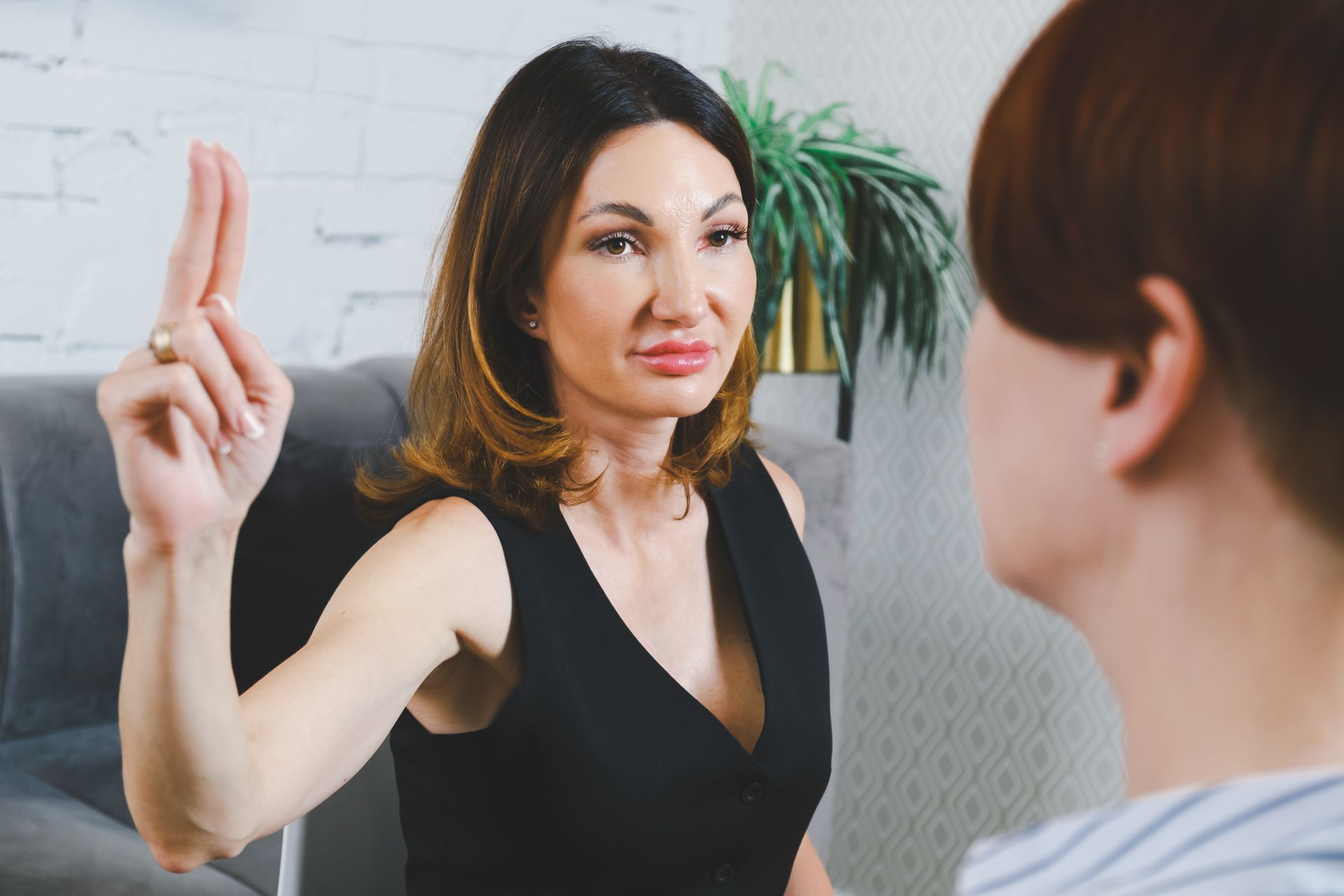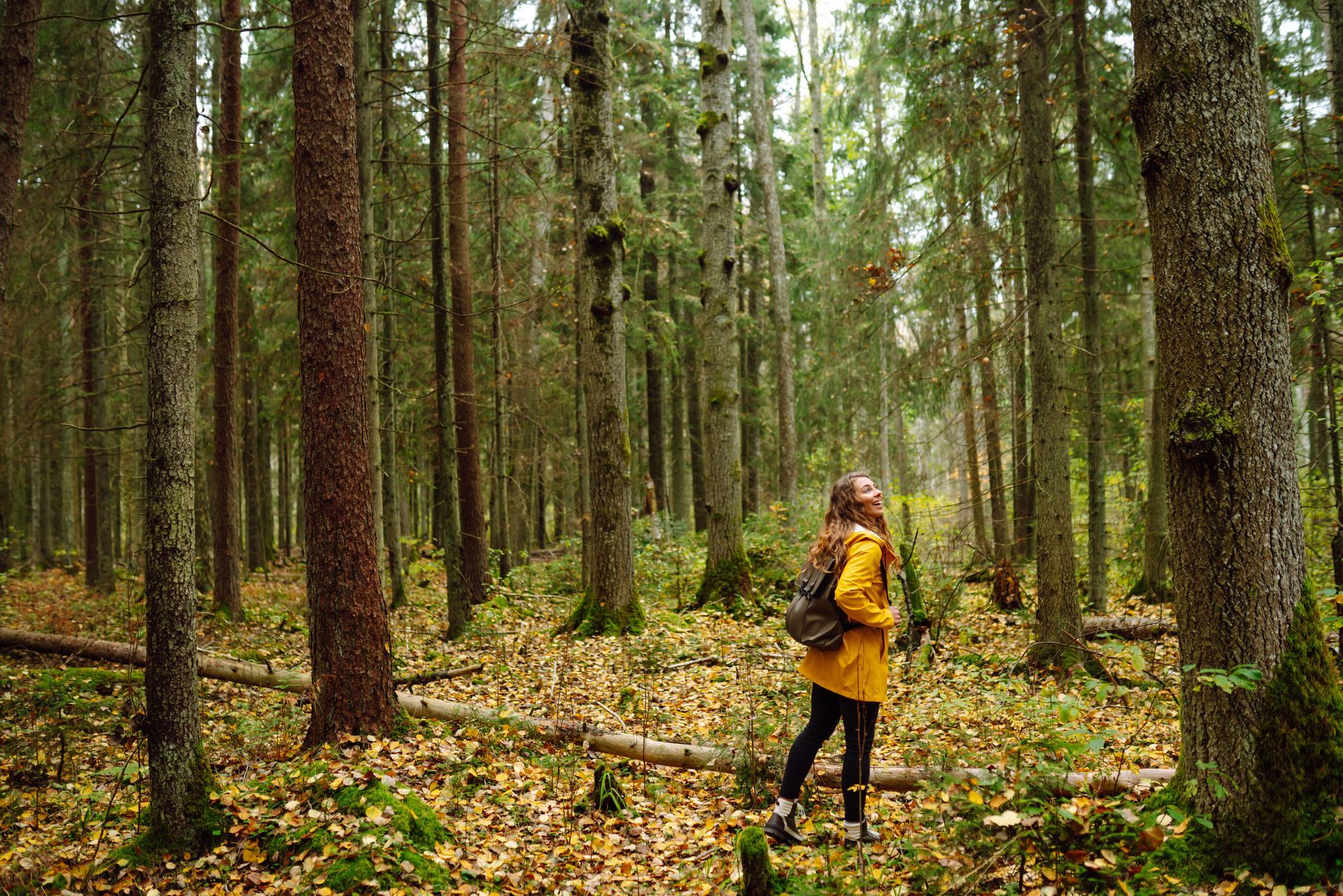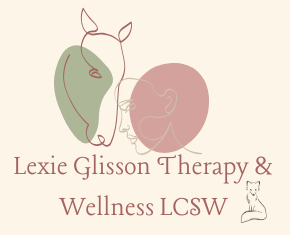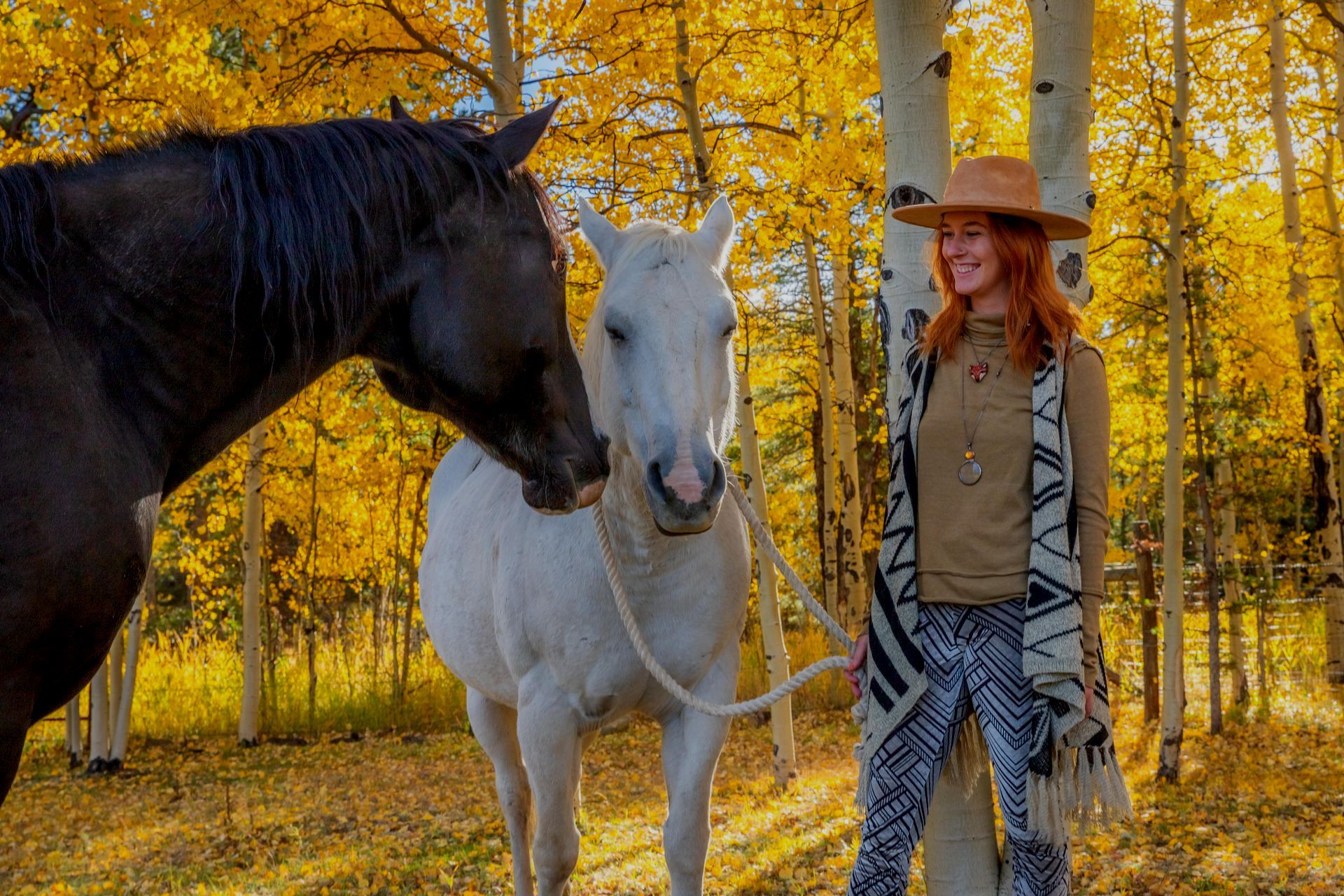For many people in the Denver area, the concept of incorporating horses into therapy may sound intriguing but also a bit perplexing and possibly intimidating—especially if you have no prior experience with horses. Rest assured, equine-assisted therapy is designed to be approachable, safe, and deeply transformative, even for first-timers. Here’s what you can expect during a session.
Is Experience with Horses Required for Equine-Assisted Therapy?
One of the most common concerns for newcomers is whether they need to have horse-handling skills or experience with horses in general. The answer is no—you don’t need to have ever been around a horse to benefit from equine-assisted therapy. These sessions focus on ground-based activities that emphasize building connection, awareness, and emotional insight. Equine therapy is a great way to step out of your comfort zone, challenge your conventional therapy expectations, and experience significant personal growth.
Your therapist will guide you every step of the way, ensuring that you feel comfortable and supported throughout the experience.
What Happens in an Equine-Assisted Therapy Session?
Arrival and Orientation
Your session typically begins with an introduction to the horses and the environment. The therapist will provide insights about horse behavior, explaining how these highly sensitive and intuitive animals mirror human emotions. This brief orientation helps you feel more grounded and prepared for the session. A safety demonstration will also take place, reviewing how to interact with a horse, understanding their blind spots, and appropriate horse etiquette.
Observing Horse Behavior
Before engaging with the horses, you may spend some time simply observing them in their natural state. Watching how horses interact with one another can offer profound insights into our own emotional states and social interactions. This observation phase sets the tone for the session, inviting curiosity and mindfulness.
Ground-Based Activities
The core of the session involves interacting with the horses through activities such as:
- Leading the horse on a lead rope: This activity requires clear communication and presence, mirroring challenges or strengths in other areas of life.
- Grooming: Provides an opportunity for mindfulness and emotional regulation. The repetitive and rhythmic motions of brushing can be calming and help focus on the present moment.
- Guiding the horse through obstacle courses: Encourages problem-solving, communication, and emotional regulation, highlighting patterns in how you approach challenges or navigate stress.
Guided Reflection
After completing the activities, you’ll have time to reflect on your experience with the guidance of your therapist. Discuss what you noticed about the horse’s responses and how those responses mirror your own emotions or patterns. This reflective process is where much of the therapeutic work happens, deepening your self-awareness and understanding.
How are Safety and Comfort Applied in Equine-Assisted Therapy?
Safety is a top priority in equine-assisted therapy. All interactions with the horses take place in a controlled, secure environment with carefully selected, calm, and gentle horses. Practical tips for your session include wearing comfortable, weather-appropriate clothing and closed-toe shoes.
Personalized Therapy with Horses in Denver
Every equine-assisted therapy session is unique, just like every client. Your therapist will take the time to understand your goals, adapting the session to meet your emotional and physical comfort levels, ensuring a safe and supportive experience.
Equine-assisted therapy offers a unique and powerful path to self-discovery and healing. Whether you’re a seasoned horse lover or a complete newcomer, this approach can provide fresh perspectives on your emotions, behaviors, and relationships, all within a safe, nurturing environment.
Ready to take the first step? Reach out today to learn more or schedule your first session!









